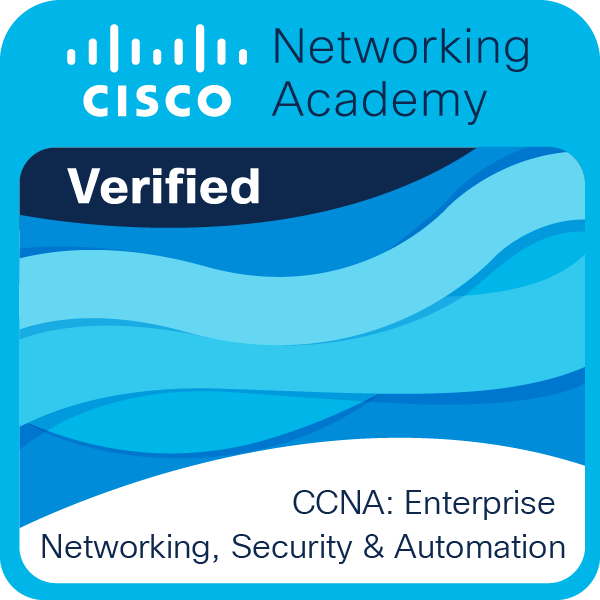- Cisco Community
- Technology and Support
- Networking
- Switching
- Best Practices for Troubleshooting STP Flapping on Access Switches
- Subscribe to RSS Feed
- Mark Topic as New
- Mark Topic as Read
- Float this Topic for Current User
- Bookmark
- Subscribe
- Mute
- Printer Friendly Page
Best Practices for Troubleshooting STP Flapping on Access Switches
- Mark as New
- Bookmark
- Subscribe
- Mute
- Subscribe to RSS Feed
- Permalink
- Report Inappropriate Content
09-30-2025 07:09 PM
Hi Cisco Community,
I wanted to ask about your approaches to troubleshoot Spanning Tree Protocol (STP) flapping in enterprise networks.
In some cases, I’ve seen ports constantly changing between blocking and forwarding, which causes disruptions to users.
My questions:
- What is your step-by-step method when dealing with STP flapping logs?
- Do you enable features like BPDU Guard, Loop Guard, or Root Guard by default on access layer switches?
- Have you found RSTP/MSTP more stable in such cases compared to PVST+?
Looking forward to community insights.
Thanks
- Labels:
-
LAN Switching
- Mark as New
- Bookmark
- Subscribe
- Mute
- Subscribe to RSS Feed
- Permalink
- Report Inappropriate Content
11-11-2025 10:58 PM
Keep it simple - get rid of your L2 loops by using a L3 routed underlay!
-------------------------------------------------------------------
To be serious, the best place to start with investigating STP port flapping is to understand what is causing the port to flap. Check how frequently TCNs are being generated, correlate them with interface error counters (make sure there are no full duplex/half duplex mismatches etc.) and start to introduce different STP guards as required.
Best practice is to enable BPDU Guard on access ports, loop guard on redundant links, and root guard on ports that you never want to become the STP root. This can help introduce stability into the STP environment.
Finally, RSTP is quicker than PVST+ as it uses a handshake mechanism instead of the traditional STP timers for convergence. It also handles topology changes more gracefully and is simpler to understand and manage IMO.
- Mark as New
- Bookmark
- Subscribe
- Mute
- Subscribe to RSS Feed
- Permalink
- Report Inappropriate Content
11-12-2025 12:15 AM
different people have different approaches, depending on the network and scale of the network, where the issue lies
Cisco has a good document :
https://www.cisco.com/c/en/us/support/docs/lan-switching/spanning-tree-protocol/28943-170.html
=====Preenayamo Vasudevam=====
***** Rate All Helpful Responses *****
Discover and save your favorite ideas. Come back to expert answers, step-by-step guides, recent topics, and more.
New here? Get started with these tips. How to use Community New member guide



